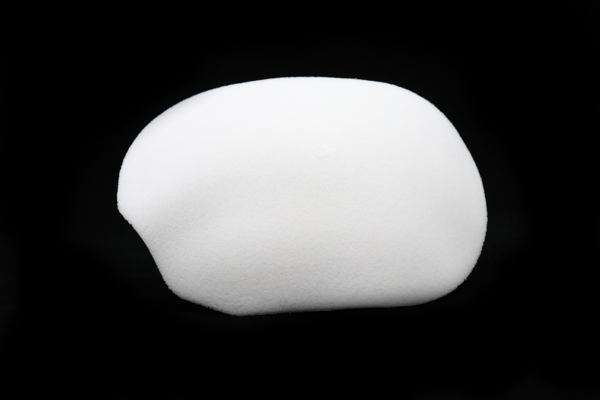
Neurosurgical
Anatomics has developed the Neuro Care bundle of products for neurosurgeons with a choice in patient-specific cranial reconstruction materials with porous and non-porous polymers and a titanium mesh option. A CT-based BioModel replica and Surgical Template allow for precise implant deployment. Our off-the-shelf StarPore® implants, DuraShield® and SkullPro® patient matched wearables complete the Neuro Care bundle to support neurosurgical treatment pathways. Neuromonitoring products from Raumedic provide an ideal adjunct to the Neuro Care bundle.















































